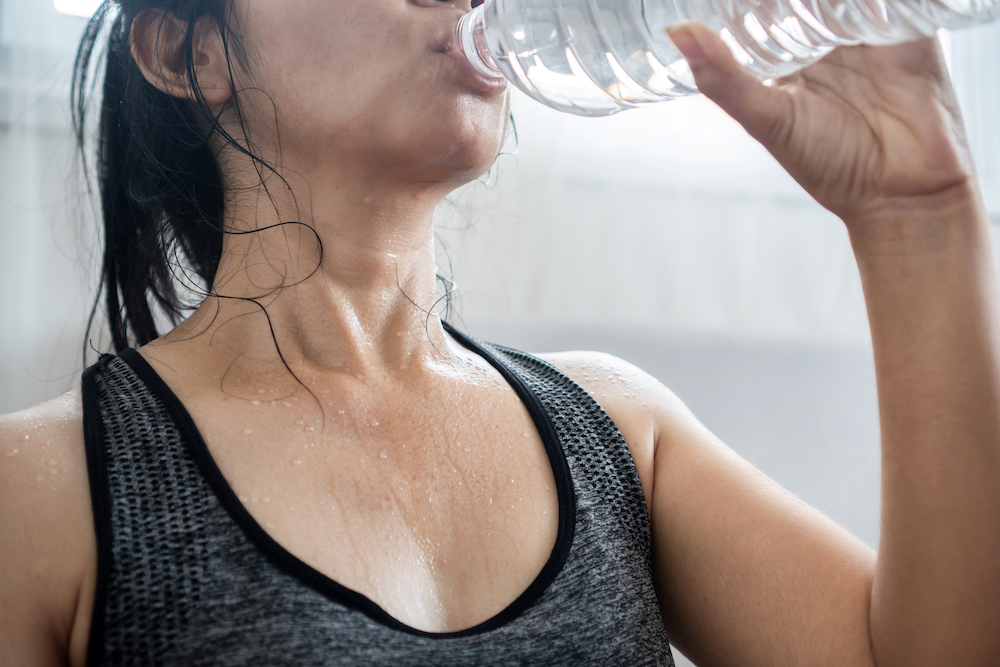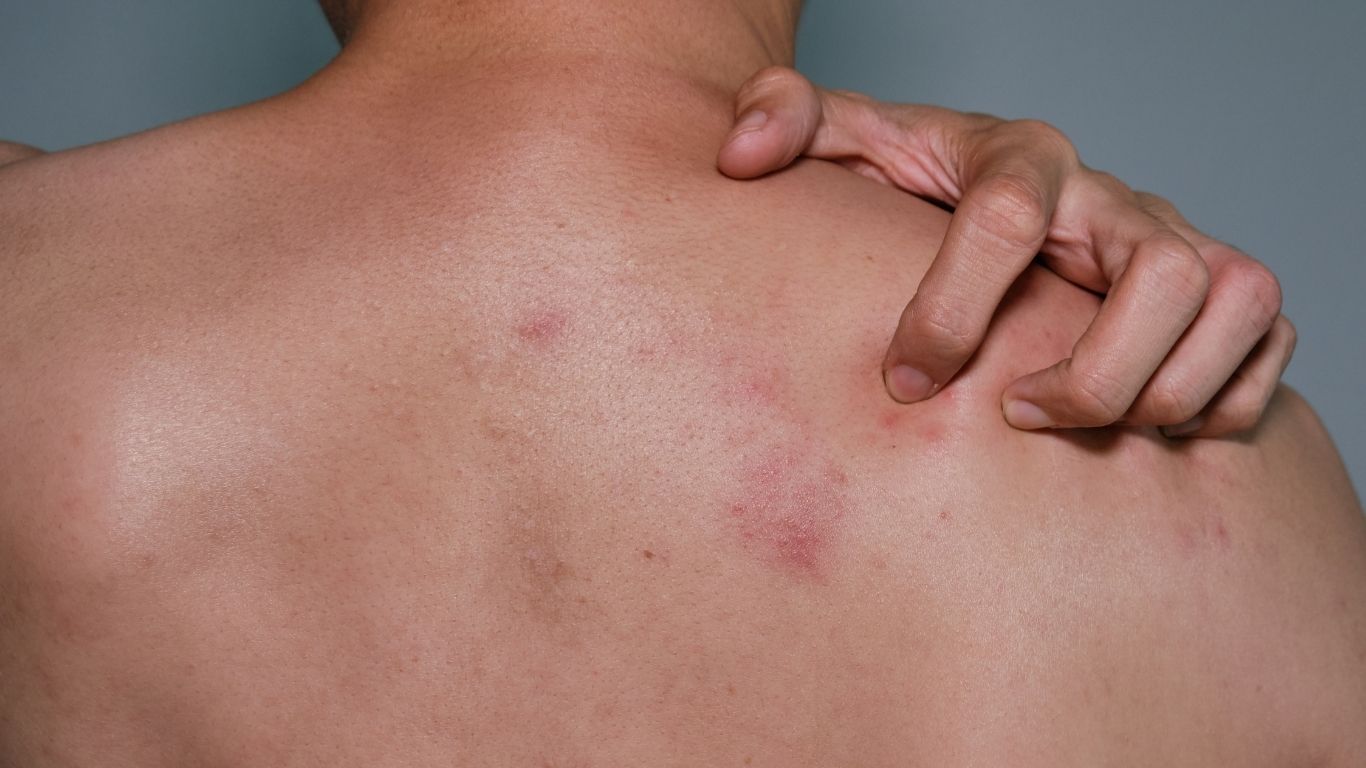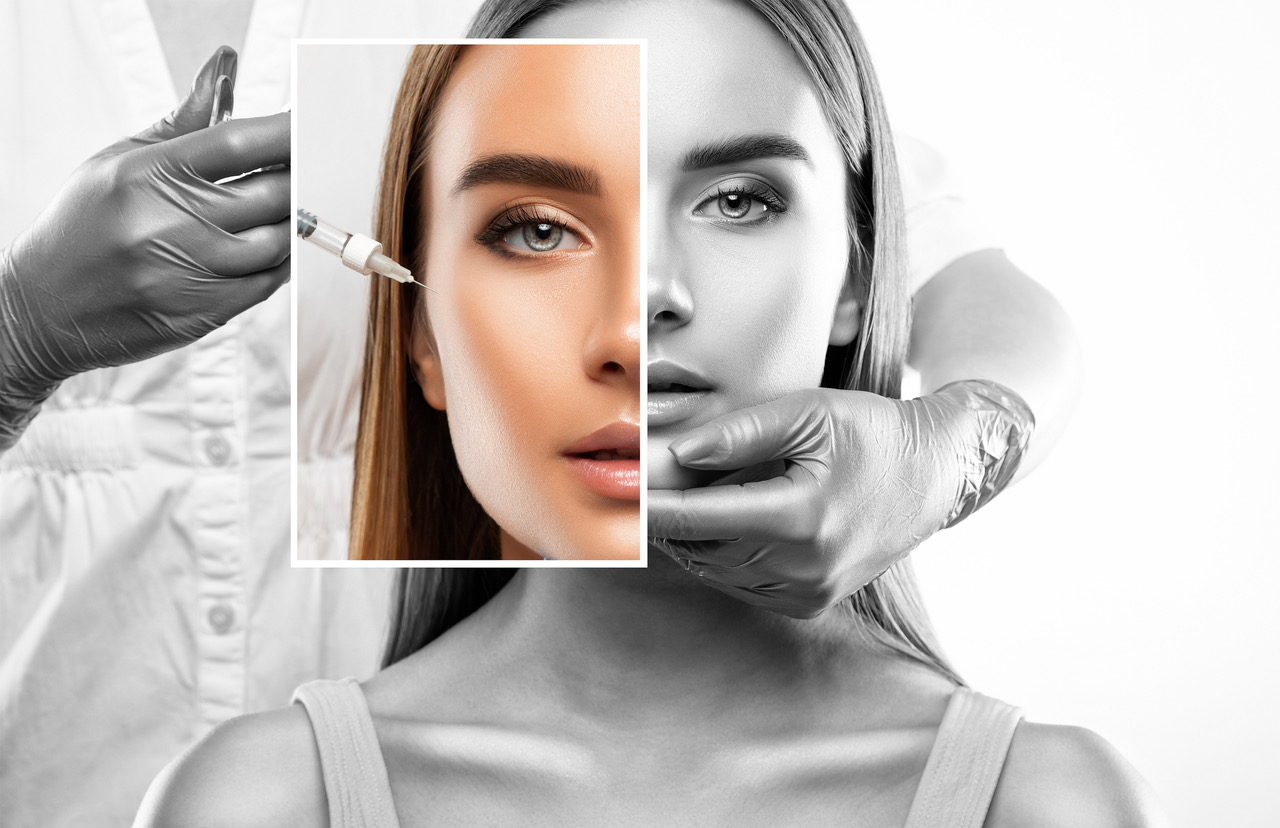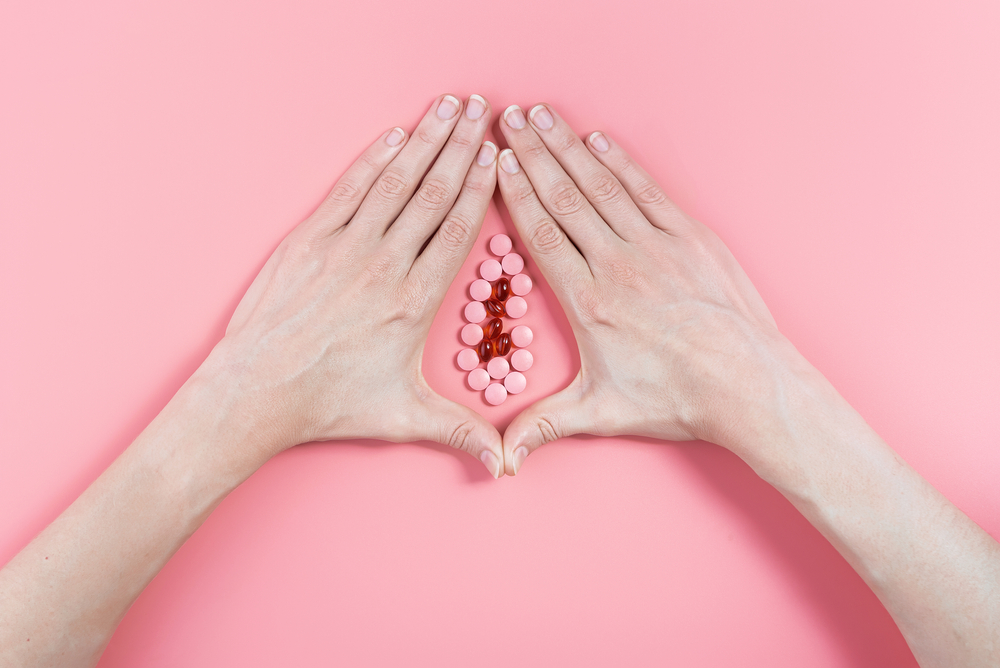Originally posted https://professionalbeauty.co.uk/how-to-treat-and-prevent-body-acne
Body acne is a frequent concern among clients, but with the right knowledge it can be effectively managed.
With body acne affecting a large portion of people, it’s unsurprising that clients may come to you for advice on how best to treat it. Here, we break down the best ingredients and methods to tackle body acne, in addition to exploring its potential causes.
What is body acne?
Body acne is the term used to describe breakouts that appear on parts of the body other than the face – but the acne itself is much of the same.
“Body acne is essentially a variant of facial acne, occurring when hair follicles and sebaceous glands become clogged and inflamed with oil, dead skin cells, and bacteria leading to inflammatory papules, pustules, nodules and cysts,” explains Dr Sina Ghadiri, consultant dermatologist and founder of Sinaesthetics.
However, it is important to consider that in some cases, what looks like body acne may actually be something else.
“If pustules and papules appear alongside comedones, this points to a classic acne process. But if the spots look similar, mildly itchy, and spread across a wider area, folliculitis – driven by bacteria or yeast in the follicles – could be the culprit,” explains Dr Justine Hextall, a consultant dermatologist at The Tarrant Street Clinic with over 20 years’ experience, and member of the Dermalux Medical Advisory Board.
“In these cases, antibacterial or antifungal washes may be a first step.”
What causes body acne?
Dr Ghadiri notes that the areas he frequently sees clients suffering with body acne include the back, chest, shoulders and upper arms.
Discussing why these areas are commonly affected by body acne, Professor Firas Al-Niaimi, consultant dermatologist and laser expert, explains that it is because these areas have a high concentration of sebaceous glands.
Zoe Budd, facialist and founder of ZoBu, explains that the location of a client’s body acne can help to identify the cause.
For example, acne spread across the back and shoulders is often a result of hormones (especially androgens), while product-related acne can affect anywhere the product lands – upper-back acne is a common result of hair masks and conditioners.
Meanwhile, if your client is particularly active, their acne could be caused by straps, waistbands or sports gear creating friction while they are sweating.

However, Dr Hextall highlights the importance of a professional diagnosis, which will ensure the appropriate treatment can be offered.
“Spots on the buttocks are often not acne but folliculitis – an inflammation of the hair follicles – or in some cases keratosis pilaris,” she explains.
“A rarer condition, hidradenitis suppurativa, can also mimic acne with cysts and pustules, typically in the groin, underarms or buttocks.”
How can body acne be treated?
The good news for your clients is that body acne can be treated – starting with an effective skincare routine.
“This typically includes a topical retinoid designed to combat acne in a multifactorial manner (such as adapalene), a cleanser with chemical exfoliant like salicylic acid, and benzoyl peroxide, which helps reduce bacteria, unclog pores, and calm inflammation,” explains Dr Ghadiri.
“When it comes to soothing inflammation, red light LED therapy is great for this – while blue light can tackle bacteria” explains Budd.
Meanwhile, if your client is recovering from body acne, niacinamide and ceramides are great options, with Dr Hextall highlighting that these are great at reducing inflammation and strengthening the skin barrier respectively.
Plus, if skin texture is a particular concern, Professor Al-Niaimi shares that in-clinic procedures such as chemical peels and laser therapy can be effective.
And of course, if your client’s body acne seems as though it might be caused by a particular product, you should advise them to cease use and swap to a non-comedogenic option.
Can body acne be prevented?
As body acne can be caused by a variety of factors, it can be challenging to prevent it entirely. However, simple lifestyle steps can make a big difference.
Wearing breathable fabrics that minimise heat and sweat during exercise, showering promptly after workouts, and swapping to non-comedogenic skincare are all essential.
Consistent skincare with salicylic acid and ceramides can help maintain clear skin long term, while some clients benefit from maintenance LED sessions to reduce recurrence and improve post-acne scarring.
You might also like...




